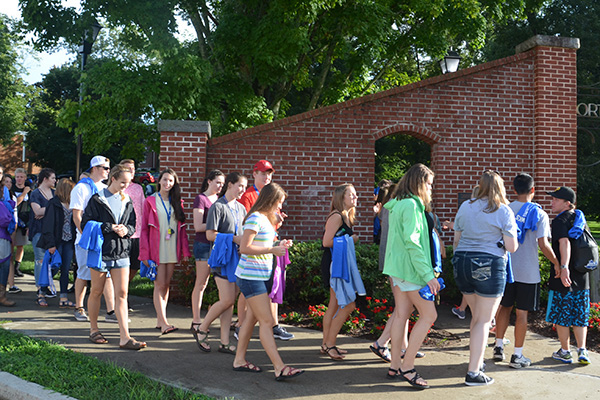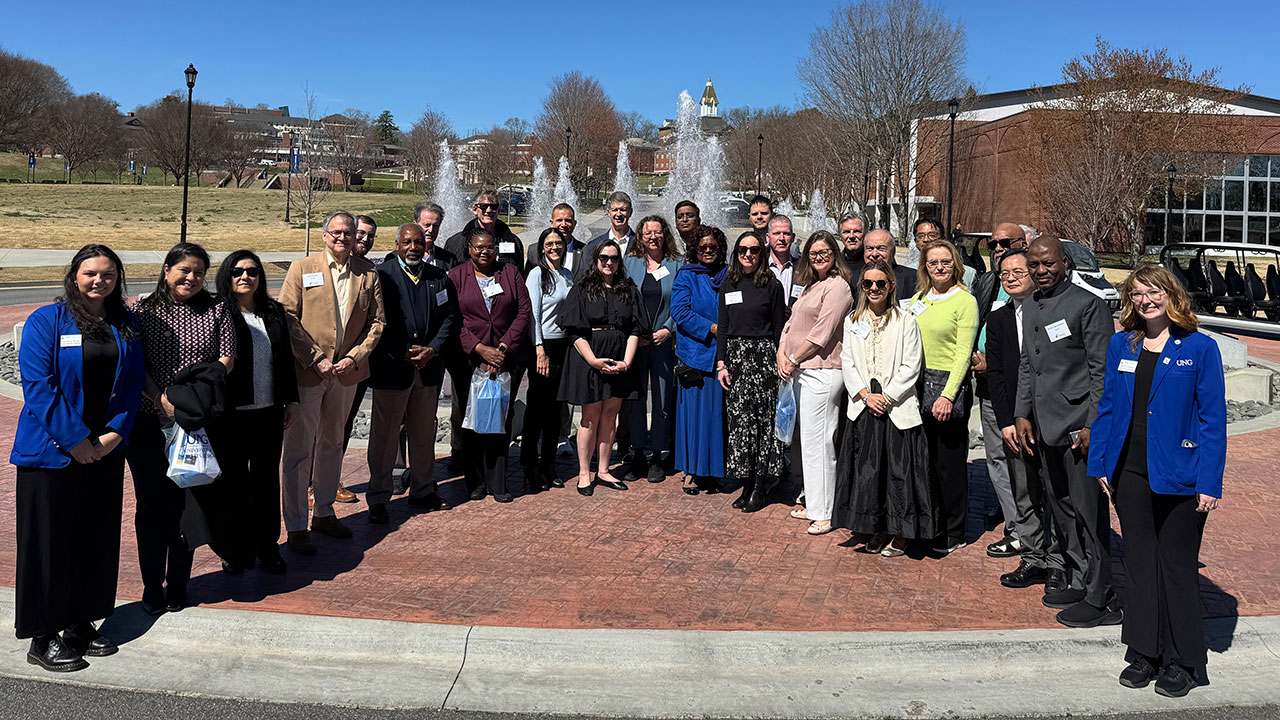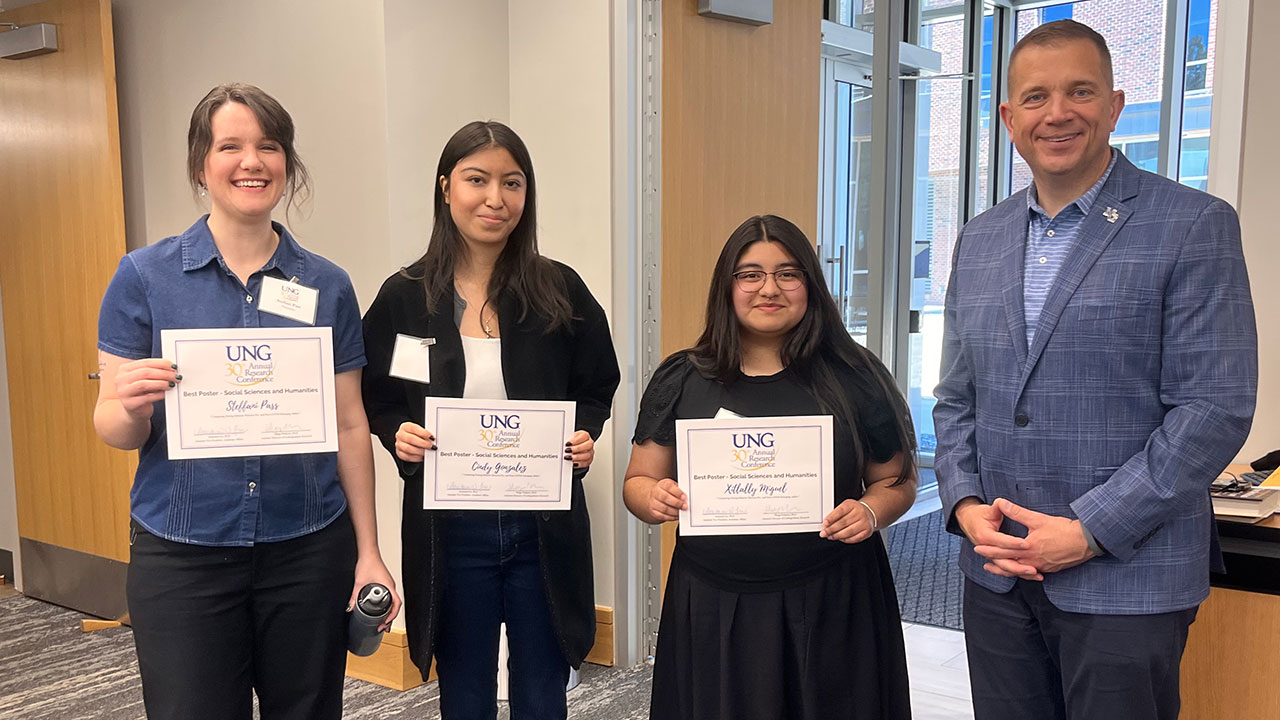What is tradition at UNG?

Article By: Staff
The University of North Georgia (UNG) was born from the consolidation of two institutions of higher learning, North Georgia College & State University and Gainesville State College. Both had their own separate identity, alumni base, programs, and traditions.
Now, as UNG nears the fifth anniversary of its consolidation on Jan. 8, the university has a question to answer: How does UNG establish new traditions, forging its still-evolving identity while still celebrating those of the past?
At the 2016 State of the University address, UNG President Bonita Jacobs unveiled an initiative to document the traditions and activities that contribute to each campus' culture, student experience and educational environment by establishing a traditions committee.
"Traditions are important because of their ability to connect us to one another as a community," Jacobs said. "Our campuses are each different, and it is important to document the traditions of our more established campuses, so that we don't lose sight of them, and to seek opportunities to build fresh traditions on our newer campuses."
Dr. Richard Oates, vice president of the Gainesville Campus and the coordinator of the committee, offered a simple definition of what makes a tradition.
"Traditions are not created, they are born," he said. "We've got to make sure not to force the issue, to provide an environment for traditions to happen. It's hard to get people to buy into a tradition if we can't sell it."
To that end, the committee explored a number of ideas to develop an overall "UNG experience" across all campuses. These include:
- A Nighthawk statue — with students rubbing the Nighthawk's beak for good luck before exams or an important athletic event.
- "Spirit Fridays" — students, faculty and staff wearing UNG’s blue and gold colors or attire that day.
- A common Day of Remembrance to honor those we lost during the school year.
- "Nighthawk Effect" — a common theme for different kinds of events that builds a sense of place and unity.
The committee also discussed how to better inform students, alumni and the public about both UNG traditions and campus-specific traditions. The recommendations were:
- Each campus creates a traditions webpage to describe UNG and individual campus traditions. The page would include links to traditional events (Starlight Celebration, Oconeefest and Weeks of Welcome), along with campus landmarks (cannon on the Dahlonega Campus and memorial garden in Gainesville).
- All campuses place an emphasis on traditions and landmarks during orientation sessions for freshmen and transfer students.
- Both UNG and campus-specific traditions be included in print documents, such as the student handbook and UNG Magazine.
"We all have a need, a desire, of belonging to something," Oates said. "Traditions are the glue that hold us together. One way to judge if something was a tradition would be to do away with it and see if anyone would notice."
 |
|
Freshmen students assemble at the former main campus entrance on the Dahlonega Campus to pass through the small arch, a tradition dating back to the 1950s. |
Both the Dahlonega and Gainesville campuses, being the two more established of UNG's five campuses have a number of traditions. In Dahlonega, the tradition of incoming freshmen passing through the small arch at the former main entrance to UNG--now called Gather in the Grove--was established in the 1950s, when the arch was constructed. The Gainesville Campus just celebrated the 19th Starlight Celebration. The Oconee Campus is making a tradition of Oconeefest, the annual fundraiser for student scholarships. The newly established Blue Ridge and Cumming campuses are exploring ideas that will hopefully lead to traditions.
"Traditions may seem like an inconsequential issue in the scheme of what we all do each day," Jacobs said. "But thinking about traditions is a reminder that those things we do each day leave a legacy for decades of students to come."



